Which statement best defines the difference between a physical change and a chemical change?
A. A physical change involves the rearrangement of atoms and molecules while a chemical change involves the formation of new substances with different chemical properties.
B. A physical change involves the change of one state of matter to another while a chemical change involves the change of one substance into another.
C. A physical change involves the breaking of chemical bonds while a chemical change involves the breaking of intermolecular forces.
D. A physical change involves the release of energy while a chemical change involves the absorption of energy.
A physical change is a change that affects the physical properties of a substance, but does not change its chemical identity. Physical changes include changes in state, such as melting or boiling, changes in shape or size, and changes in phase, such as the dissolution of a solid in a liquid.
A chemical change, on the other hand, is a change that results in the formation of new substances with different chemical properties. Chemical changes involve the breaking of chemical bonds between atoms and the formation of new bonds to create new compounds. Chemical changes are usually accompanied by a change in color, the formation of a gas or a solid, or the release or absorption of energy.
Overall, the main difference between a physical change and a chemical change is that a physical change only affects the physical properties of a substance while a chemical change results in the formation of new substances with different chemical properties.
Note: Choice B is partially cirrect since physical changes can involve changes in the state of matter (e.g., ice melting into water), but it's not the main characteristic. A chemical change typically involves the change of one substance into another with different chemical properties.
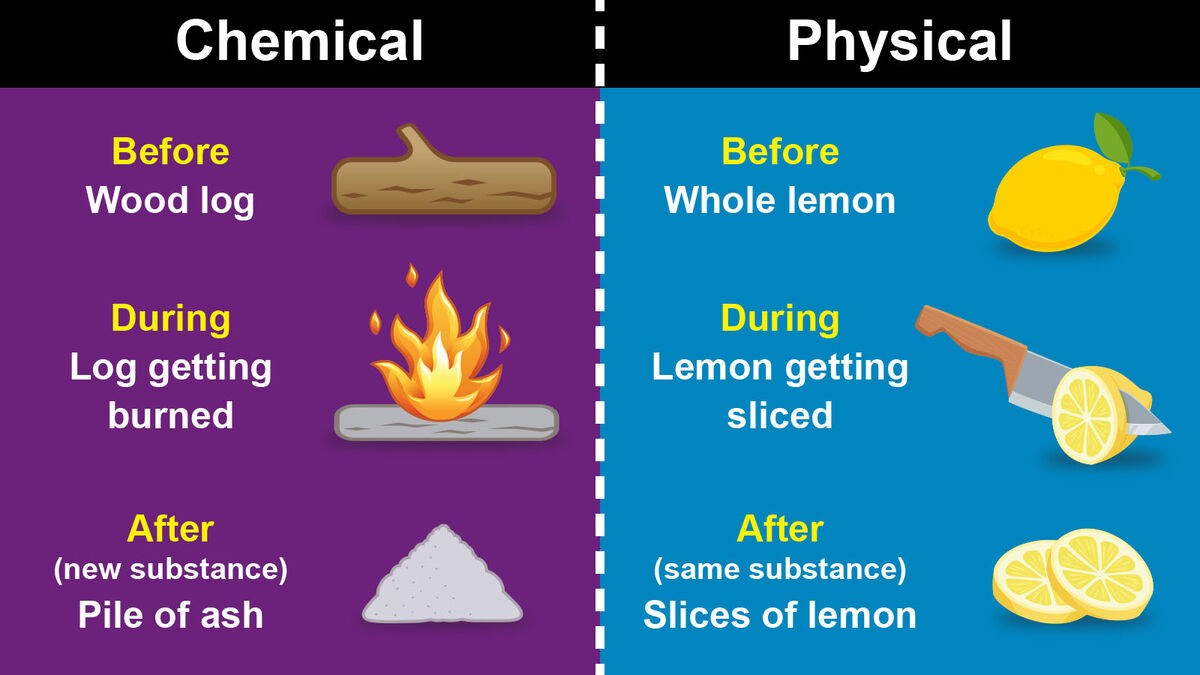 |
Therefore, the Correct Answer is A.
More Questions on TEAS 7 Science
-
Q #1: What is the name of the valve that separates the left atrium and left ventricle in the heart?
A. Aortic valve
B. Mitral valve
C. Tricuspid valve
D. Pulmonary valve
Answer Explanation
The mitral valve is located between the left atrium and left ventricle of the heart and helps to regulate the flow of blood between these chambers. It consists of two leaflets or flaps that open and close in response to changes in pressure as the heart beats.
During diastole, when the heart is relaxed and filling with blood, the mitral valve opens to allow blood to flow from the left atrium into the left ventricle. During systole, when the heart contracts to pump blood out of the left ventricle and into the systemic circulation, the mitral valve closes to prevent backflow of blood into the left atrium.
The mitral valve is one of four valves in the heart that help to ensure the unidirectional flow of blood through the heart and the rest of the circulatory system. Problems with the mitral valve, such as mitral valve prolapse or mitral stenosis, can lead to a range of symptoms and complications, including shortness of breath, fatigue, chest pain, and heart failure.
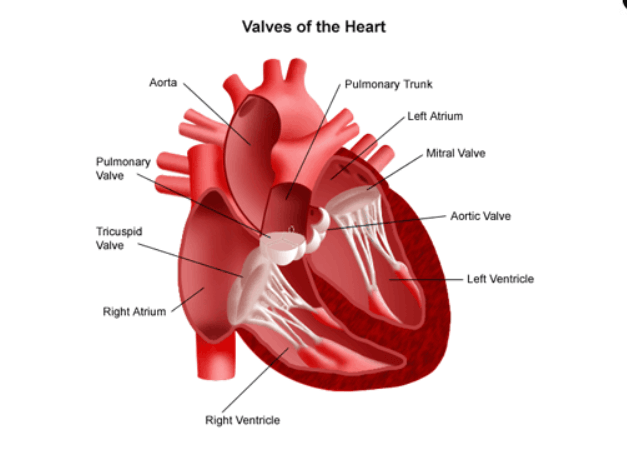
-
Q #2: During embryonic development, which of the following germ layers forms the nervous system?
A. Ectoderm
B. Endoderm
C. Mesoderm
D. Exoderm
Answer Explanation
The three germ layers that form during embryonic development are the ectoderm, mesoderm, and endoderm. The ectoderm is the outermost layer, and it gives rise to the skin, hair, nails, and nervous system. The nervous system develops from a specialized region of the ectoderm called the neural plate, which invaginates to form the neural tube. The neural tube ulmately gives rise to the brain and spinal cord, which make up the central nervous system, as well as the peripheral nervous system. The endoderm gives rise to the lining of the digesve and respiratory tracts, while the mesoderm gives rise to the musculoskeletal system, circulatory system, and several other organs. The exoderm is not a germ layer and does not exist during embryonic development.
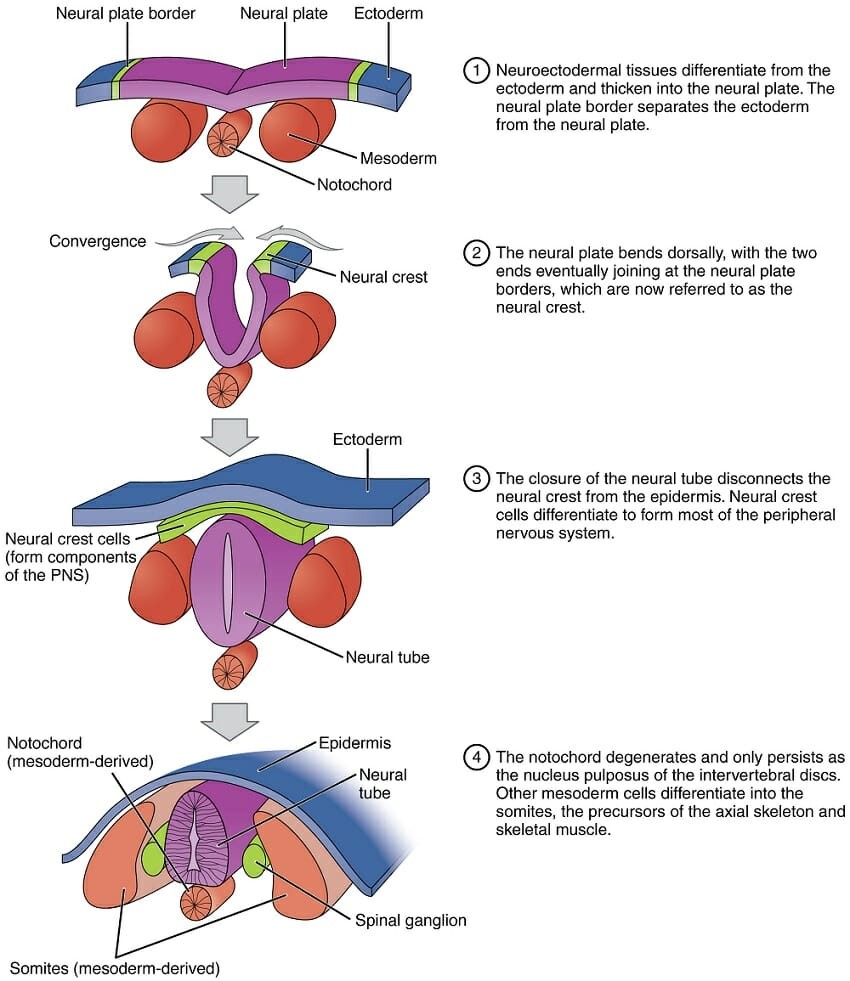
-
Q #3: Which part of the respiratory system is responsible for regulate breathing rate and depth?
A. Bronchi
B. Alveoli
C. Diaphragm
D. Trachea
Answer Explanation
The diaphragm is responsible for regulang breathing rate and depth. It is a dome-shaped muscle located at the botom of the chest cavity that contracts and relaxes to help move air in and out of the lungs.
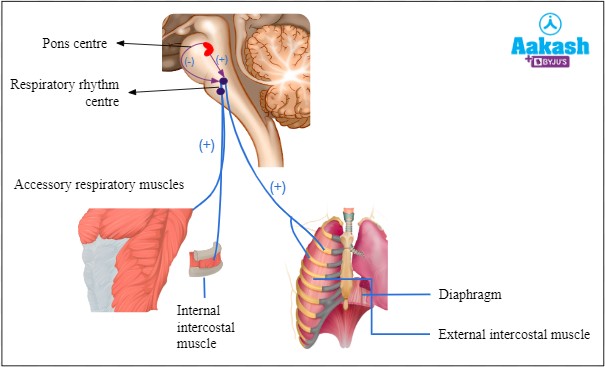
-
Q #4: What is the difference between a solid and a liquid?
A. Solids have a definite shape and volume while liquids have a definite volume but no fixed shape.
B. Solids have no definite shape or volume while liquids have a definite volume and take the shape of their container.
C. Solids and liquids have the same physical properties.
D. Solids have a definite volume but take the shape of their container while liquids have a definite shape and volume.
Answer Explanation
The main difference between a solid and a liquid is their physical state and the way their particles are arranged. In a solid, the particles are tightly packed together and have a fixed position, which gives the solid a definite shape and volume. Solids are also characterized by their high density, low compressibility, and high thermal conductivity.
In contrast, the particles in a liquid are more loosely packed and can move around each other, which allows the liquid to take the shape of its container. Liquids have a definite volume but no fixed shape, which means they can be poured or spilled. Liquids also have a lower density than solids, are more compressible than solids, and have lower thermal conductivity than solids.
Option b) is incorrect because it describes the properties of a gas, not a liquid. Option c) is incorrect because solids and liquids have different physical properties. Option d) is incorrect because it describes the properties of a gas, not a liquid or a solid.

-
Q #5: What is the difference between a monosaccharide and a disaccharide?
A. Monosaccharides are composed of two sugar molecules while disaccharides are composed of a single sugar molecule.
B. Monosaccharides are simple sugars that cannot be further broken down into simpler sugars while disaccharides are composed of two simple sugars.
C. Monosaccharides are only found in plants while disaccharides are only found in animals.
D. Monosaccharides are used for energy storage while disaccharides are used for structural purposes.
Answer Explanation
Carbohydrates are one of the main types of biomolecules and are composed of monomers called monosaccharides. Monosaccharides are simple sugars that cannot be further broken down into simpler sugars. They are usually composed of 3 to 7 carbon atoms and have a general formula of (CH2O)n, where n is a number between 3 and 7. Examples of monosaccharides include glucose, fructose, and galactose.
When two monosaccharides are joined together by a glycosidic bond, they form a disaccharide. Disaccharides are composed of two simple sugars and can be broken down into their constituent monosaccharides by hydrolysis. Examples of disaccharides include sucrose, lactose, and maltose.
Option a) is incorrect because it describes the composition of a disaccharide, not a monosaccharide. Option
c) is incorrect because both monosaccharides and disaccharides can be found in both plants and animals.
Option d) is incorrect because both monosaccharides and disaccharides can be used for energy storage and
structural purposes, depending on their specific structure and function in the organism.
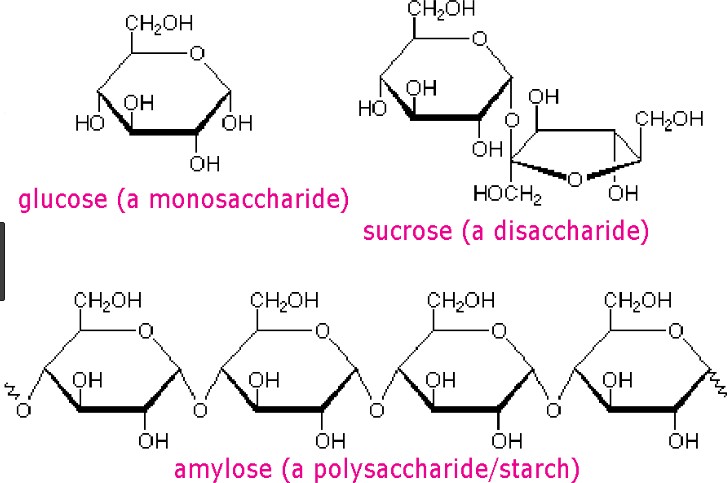
-
Q #6: Which of the following describes the function of ligaments?
A. Ligaments atach skeletal muscles to bone
B. Ligaments atach two bones
C. Ligaments atach bones to tendons
D. Ligaments atach skeletal muscles to tendons
Answer Explanation
Ligaments are tough bands of fibrous ssue that connect two bones together in a joint. They provide stability and support to the joint, prevenng excessive movement and helping to maintain proper alignment of the bones.
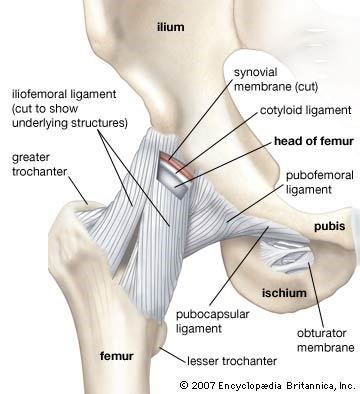
-
Q #7: Which of the following is a characteristic of innate immunity?
A. It is highly specific to particular pathogens.
B. It is acquired over time through exposure to pathogens.
C. It provides immediate, non-specific protection.
D. It involves the production of antibodies.
Answer Explanation
Innate immunity is a fundamental aspect of the body's defense mechanism that operates from birth. It offers immediate protection against a wide range of pathogens, such as bacteria, viruses, and fungi, without requiring prior exposure to these invaders.
This defense system is non-specific, meaning it doesn't target a particular pathogen but rather provides a generalized response to various threats. Innate immunity includes physical barriers like the skin and mucous membranes, as well as cellular components such as phagocytes and natural killer cells. These elements work together to detect and neutralize potential threats swiftly, preventing infections from taking hold in the body.
-
Q #8: Which of the following is a chemical property of a substance?
A. Density
B. Melting point
C. Boiling point
D. Reactivity with acid
Answer Explanation
Chemical properties are characteristics of a substance that describe its ability to undergo a chemical change or reaction with another substance. Reactivity with acid is a chemical property because it describes how a substance will react with an acid to produce a new substance.
Density, melting point, and boiling point are physical properties that describe how a substance behaves under certain conditions but do not involve a chemical change or reaction.
-
Q #9: What is the role of calcium in muscle contraction?
A. Calcium binds to tropomyosin to expose the myosin-binding sites on actin.
B. Calcium is released from the sarcoplasmic reticulum to initiate the sliding of actin and myosin filaments.
C. Calcium activates the motor neurons to stimulate muscle contraction.
D. Calcium is required for the relaxation of muscles after contraction.
Answer Explanation
Muscle contraction is a complex process that involves the interaction between actin and myosin filaments in the muscle fibers. The sliding of these filaments is initiated by the release of calcium ions from the sarcoplasmic reticulum, a specialized organelle in muscle cells. The calcium ions bind to the protein troponin, which causes a conformational change in the troponin-tropomyosin complex, exposing the myosin-binding sites on actin. This allows the myosin heads to bind to actin, forming cross-bridges that pull the actin filaments towards the center of the sarcomere, resulting in muscle contraction.
Option a) is incorrect because calcium does not bind to tropomyosin directly, but rather binds to the protein troponin, causing a conformational change in the troponin-tropomyosin complex. Option c) is incorrect because calcium does not activate motor neurons, but rather is released from the sarcoplasmic reticulum in response to an action potential that travels down the motor neuron to the neuromuscular junction. Option d) is incorrect because calcium is required for muscle contraction, not relaxation. The relaxation of muscles after contraction is due to the active transport of calcium ions back into the sarcoplasmic reticulum, which allows the troponin-tropomyosin complex to return to its resting conformation, blocking the myosin-binding sites on actin and ending the cross-bridge cycle.
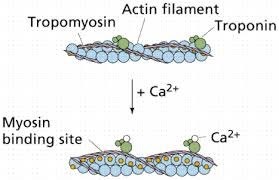
-
Q #10: What is the function of ribosomes in a cell?
A. To produce energy for the cell
B. To store genetic information
C. To transport molecules within the cell
D. To synthesize proteins in the cell
Answer Explanation
Ribosomes are small, spherical structures found in all living cells, including bacteria, archaea, and eukaryotes. Their primary function is to synthesize proteins using the genetic information stored in the cell's DNA. Ribosomes are composed of two subunits, one large and one small, that come together during protein synthesis.
Ribosomes read the genetic information stored in mRNA (messenger RNA) and use this information to assemble amino acids in the correct order to form a protein. The ribosome moves along the mRNA, adding one amino acid at a time to the growing protein chain until it reaches the end of the mRNA and the protein is complete.
Proteins are essential for a wide variety of cellular functions, including catalyzing chemical reactions, providing structural support, and transporting molecules across cell membranes. Therefore, ribosomes play a critical role in the overall function and survival of a cell.

Free Access on TEAS 7 Exams and Study Notes
- Access to all TEAS 7 Exams
- Performance Tracking and Analysis
- Well Documented and Explained Questions and Answers
- 2000+ Questions and Correct Answers: Answers Well Explained
- Libary of Detailed StudyNotes
- Topical Questions and Answers on Examinable topics
TEAS 7 Exams (Q&A)
TEAS 7 Study Notes
TEAS 7 Topical Tests

TEAS 7 Study Guides
Quick Links
Refer a Friend
Refer a friend and claim free unlimited access

© 2024 ExamGates Made with by ExamGates
